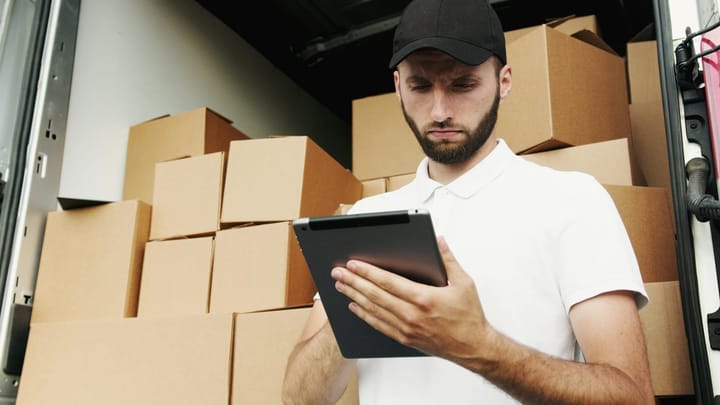Why Re-commerce is on the Rise
Re-commerce, identified by Euromonitor as a leading digital consumer trend for 2024, is gaining traction for its eco-friendly and cost-effective nature. This article delves into the rise of re-commerce, its benefits, and effective inventory management strategies.

Euromonitor, a global market research firm, has named re-commerce as one of the top digital consumer trends for 2024. Re-commerce is a new consumer trend that's gaining popularity for its eco-friendly and value-for-money features. If you're interested in jumping on the re-commerce bandwagon, we've broken down the concept, its growth, and inventory management strategies. If you want to successfully enter the re-commerce market, here's what you need to know!
From thrift to resell culture
Recommerce is a combination of the prefix "re" and the word "commerce." As you can see from words like replay and repeat, the prefix "re" means "again."
What's the first thing that comes to mind when you think of selling something you've used for a while? Or a resell, where you buy back a limited edition or luxury item that's in high demand? From second-hand deals to resells, they can all be lumped together under the umbrella of the trend known as recommerce.

The market is growing rapidly every year, with global market research firm Statista predicting that the U.S. recommerce market will surpass $188 billion in 2023.
Convenient, cheap, and eco-friendly recommerce

The force behind the growth wave of recommerce is the IT platforms that have created a convenient environment. In the past, there were people who used Craigslist to buy and sell products, but it was a rather closed activity, but now various C2C (Consumer to Consumer) recommerce platforms have emerged, making it more accessible to the public.
In addition to consumer-to-consumer transactions, we've also seen a rise in the number of companies running their own recommerce operations, where companies take the lead in collecting and reselling used products. According to a report on recommerce trends released by U.S. recommerce platform ThredUP, the number of fashion brands launching recommerce grew 275% year-on-year in 2021. The reason for this is that more and more consumers are looking for eco-friendly policies when purchasing products, and with sustainability becoming an increasingly important value, recommerce that reduces waste and encourages the circulation of resources can help build a positive brand image.
With inflation on the rise, many consumers are also looking for lower prices, and the changing perception of second-hand goods as a value-for-money buying opportunity has also contributed to the resurgence of recommerce.
Managing your inventory for recommerce
If you're planning to start a recommerce business, be prepared to practice more organized inventory management. Not only do you need to manage different types of inventory, but you also need to separate new and used products into different tiers. If you're looking to get a handle on inventory management for recommerce, try these two strategies!
Categorize your inventory with barcode labels
Inevitably, you're going to be storing inventory of the same product, but in different states (new, used). What happens if you don't keep your inventory properly categorized? You risk mixing new and used products in the same warehouse, your employees have a hard time keeping track of the correct amount of new and used inventory, and you might accidentally send a used product to a customer who bought a new product, causing them to complain.

You can use barcode labels to clearly distinguish between inventory in different states. You can categorize your inventory into new, used (Grade A), and used (Grade B) and create barcode labels with the status information. You can also use different colored barcode label paper for different states of inventory to avoid confusing new and used products.

new, used (Grade A), or used (Grade B) and manage your inventory. You can find more tips for managing inventory with location mode here!Eliminate slow, error-prone manual labor
Reverse logistics is the logistical process of goods coming back to the supplier after reaching the consumer. Managing the complex reverse logistics process manually can lead to a variety of inventory issues, including inventory inconsistency, which can lead to lost sales opportunities, which naturally affects inventory turnover, and unnecessary time and effort spent by employees sharing manual ledgers.
If you want to keep your eCommerce business running smoothly, cloud-based inventory management is better than slow and error-prone manual inventory management. With a cloud-based inventory management system, you'll have real-time visibility into all your inventory, including used products. It's also a good idea to establish a process for checking the status of products that have returned to the warehouse, entering the product information (product name, stock status, quantity, etc.) into your inventory management system, and then printing out and applying the barcode labels mentioned above. This way, anyone who accesses your inventory management system will have a quick and up-to-date view of your inventory.
Whether you're looking for inventory management for your eCommerce business, cloud-based inventory management, or real-time inventory management, BoxHero has you covered! Click the button below to try BoxHero's full range of features for free.


